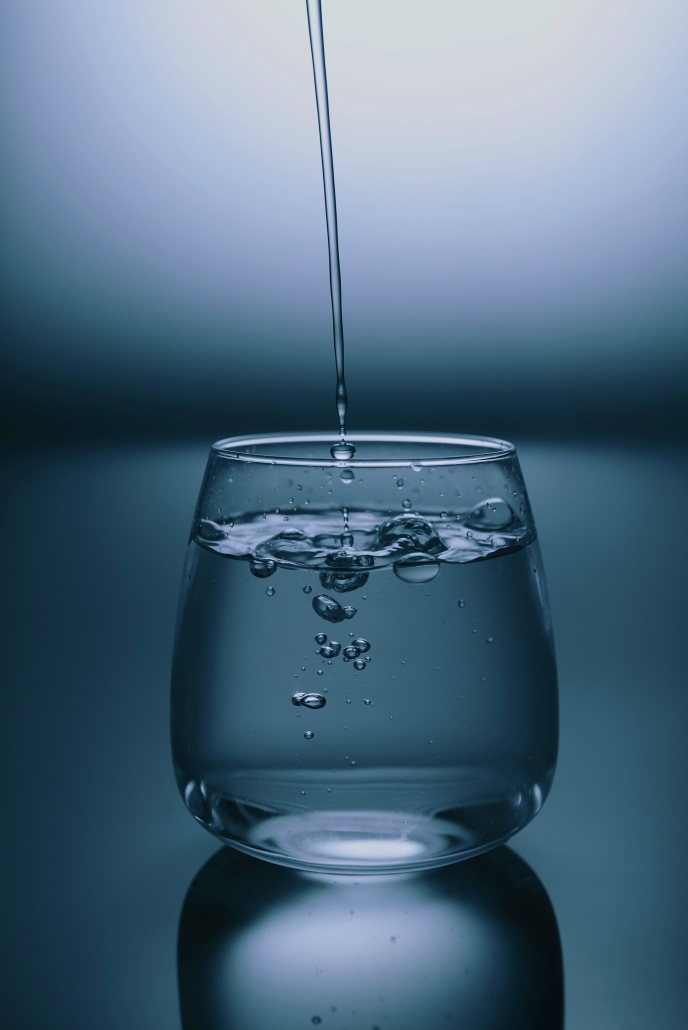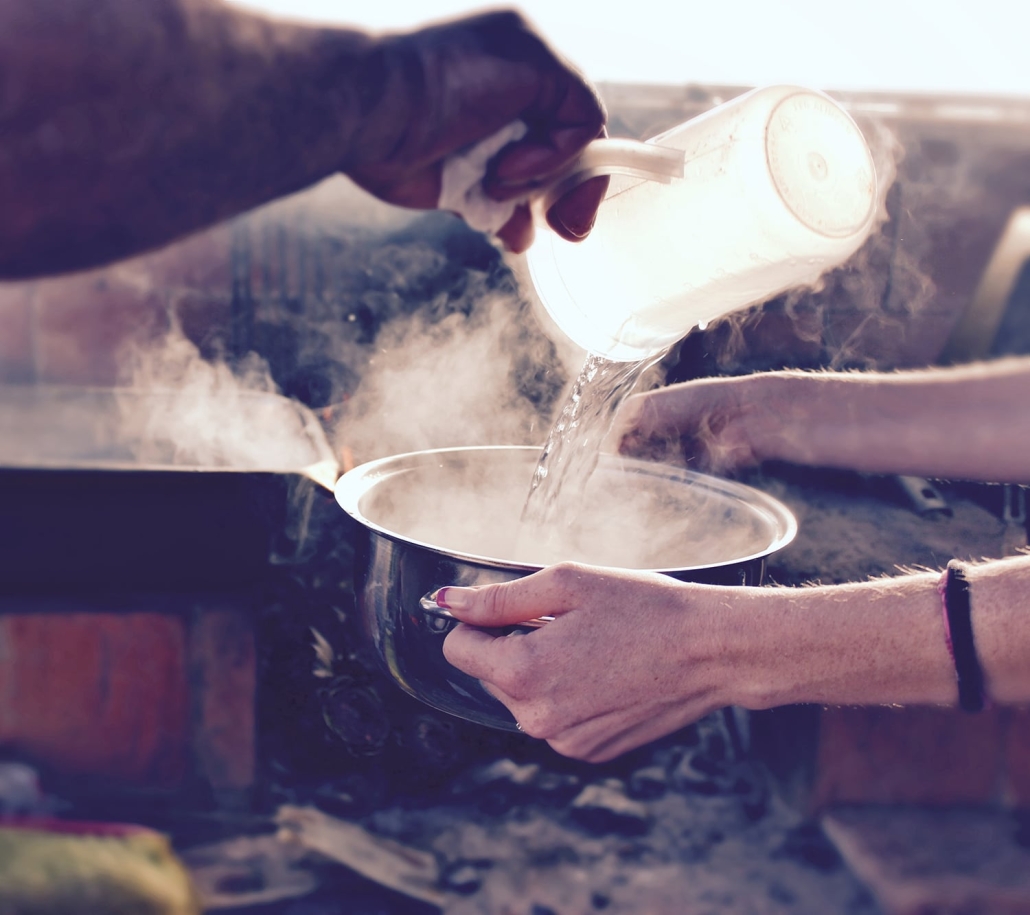What you need to know during a Boil Water Advisory
What you need to know during a Boil Water Advisory. A boil water advisory is issued when drinking water quality is compromised or may be contaminated with microbes or other hazardous materials. Boil water advisories are typically given when there has been a break in the supply line, when a sanitary survey reveals bacteria or other contaminants or when natural disasters have caused flooding that could put drinking water at risk of contamination. Following all instructions carefully during a boil water advisory is essential, as this will help protect you and your family from potential harm.
When a boil water advisory is issued, it means that there is a risk of potential contamination in the drinking water supply. This could be due to a break in the supply line or pipes, infiltration of surface water, or cross-connection between different water sources. Additionally, natural disasters such as flooding can cause significant disruption to the water systems and increase the chance of contaminated drinking water. These other Bacteria, such as E. coli and coliform, can enter the drinking water supply during these situations, making it unsafe to consume without boiling first. It is essential to adhere to any boil advisories issued by your local health department or water supplier to protect your health and safety.
If you have been issued a boil water advisory, taking the necessary steps to ensure your drinking water is safe is essential. Here are some key things to keep in mind when dealing with a boil water advisory:
Boil Water Advisory

- Boil your drinking and cooking water for at least one minute. As this will help kill any bacteria or other contaminants that may be present in the water.
- Avoid using tap water for brushing teeth, washing dishes, food preparation, or making ice cubes until the boil order has been lifted.
- If using an appliance that requires running tap water – such as a dishwasher, water heater, or washing machine – use bottled or boiled water instead of tap water.
- If you cannot boil water, you may be able to use an alternate method of disinfection, such as adding four drops of unscented bleach per liter (or quart) of cold tap water. Wait at least 30 minutes after adding the bleach before using any water.
- If your plumbing is connected to a private well or another non-public source, contact your local health department for additional guidance on appropriate disinfection methods.
- Be sure to check with your local health department or water supplier when the boil order has been lifted, and it is safe again to drink tap water without boiling it first.
Following these steps during a Boil Water Advisory may help ensure your water is safe to drink and use. However, if you have any health concerns related to the safety of your drinking water, contact your local health department or water supplier immediately for more information. You can also check your area for Water Advisory information at the OWASA website.
Remember: Boil all drinking and cooking water during a boil water advisory to keep yourself and your family safe!





